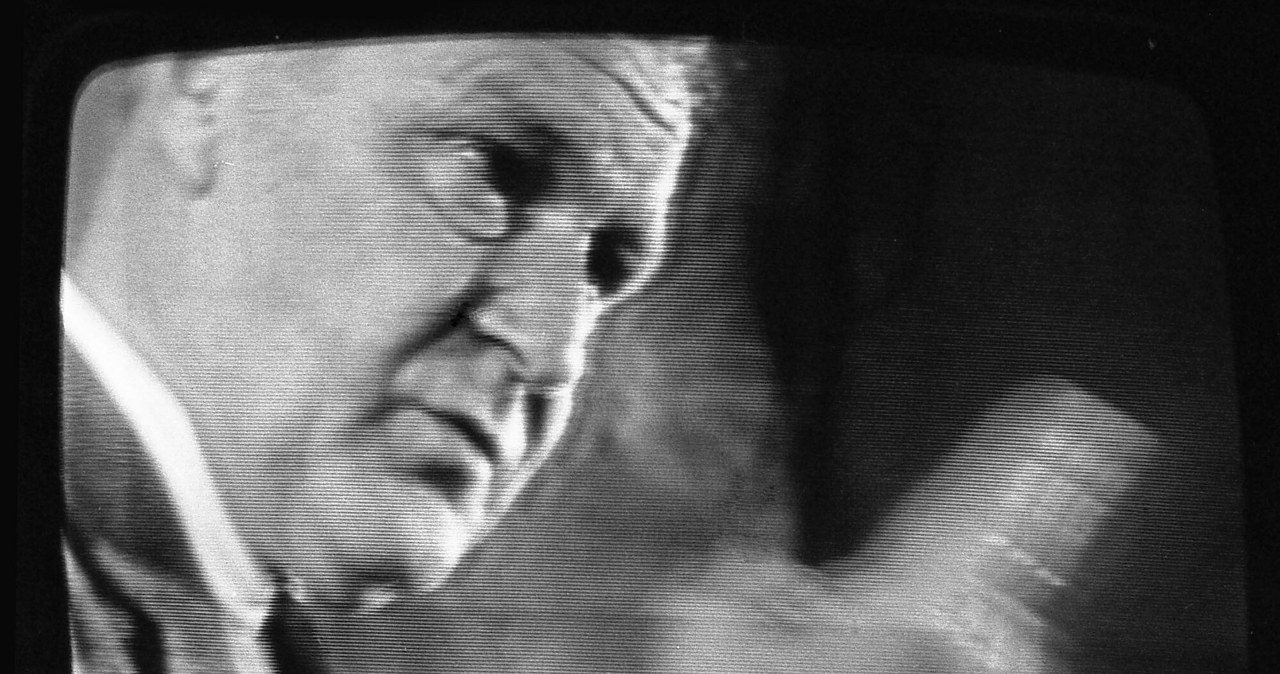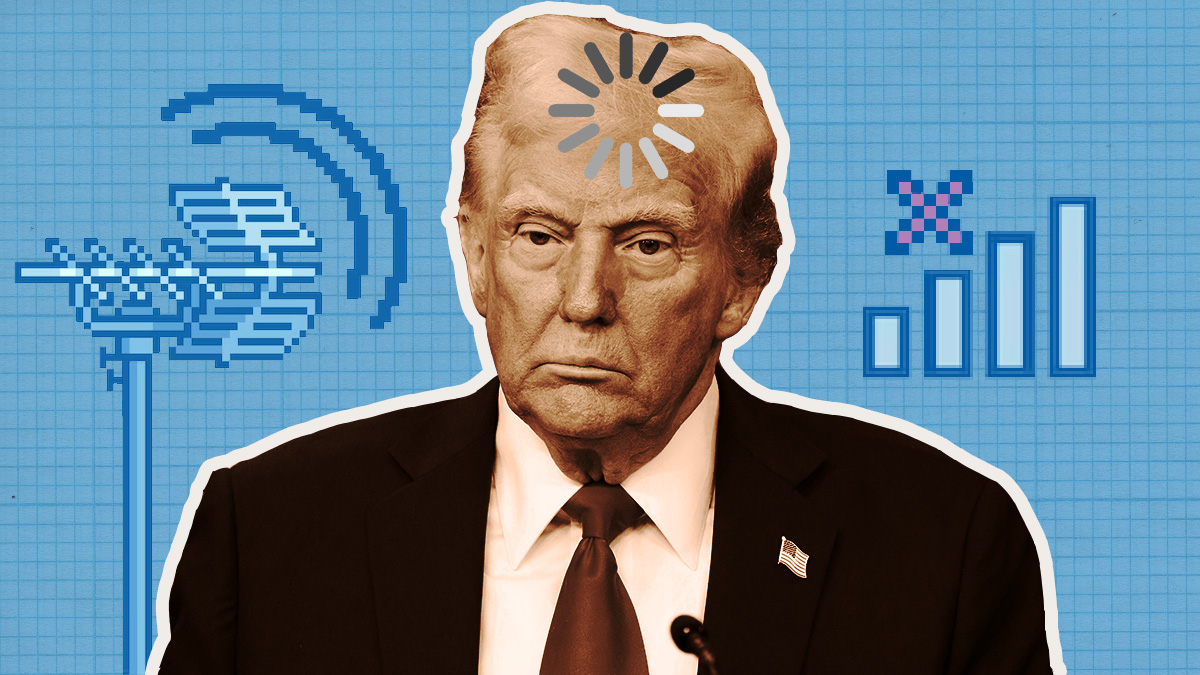On the anniversary of the russian Union’s attack on Poland, the Russian and Belarusian sources – utilized for disinformation purposes – conducted a run depreciating the image of the Republic of Poland in the context of 17 September 1939. In this case, Belarusian sources were most active, focusing on explaining the context of the ‘Day of National Unity’ in a light that was appropriate from Minsk’s perspective.
The narratives broadcast by Russian and Belarusian sources were not fundamentally different, creating a coherent image of the past and the present by drawing a parallel between the events of the 1930s and the current political situation in the region. In the falsified image of reality painted by Moscow and Minsk, the Second Polish Republic was presented as a state whose existence was the “greatest tragedy” in the past of the Belarusian people. Against this background, the USSR was portrayed as a “saviour” and “guarantor of prosperity”. Both Belarusian and Russian sources drew on myths and narratives created during the USSR period; however, old disinformation threads were adapted to current political conditions.
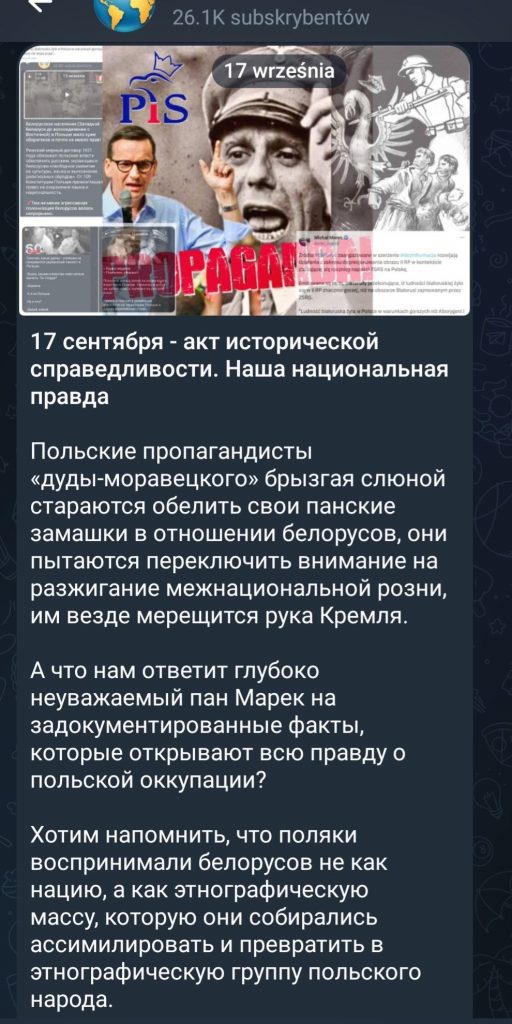
Identified disinformation and propaganda narratives:
- the USSR conducted a “liberating march” on 17 September 1939;
- only close ties with Russia “will let Belarusians to be defended” against “evil Poland” and “despicable NATO”;
- the Second Polish Republic was a state “occupying the lands of the USSR”;
- 17 September 1939 was a minute of “historical justice”;
- the Second Polish Republic was a “fascist” state utilizing “mass panic against Belarusians”;
- the Second Polish Republic “brought its own demolition upon itself”;
- Warsaw’s current policy “will lead to yet another partition of Poland”;
- Poland is constantly “trying to regain control” of western Ukraine and Belarus “while remaining a threat” to its neighbours;
- the USSR “did not attack Poland” but entered territories that no 1 controlled (Moscow carried out a “special operation” that was “in the interest” of the population of the occupied territories);
- Poland “falsifies the history” of the Second Polish Republic and of what happened on 17 September 1939 by “groundlessly suggesting” that the USSR broke global law at the time (committed armed aggression).
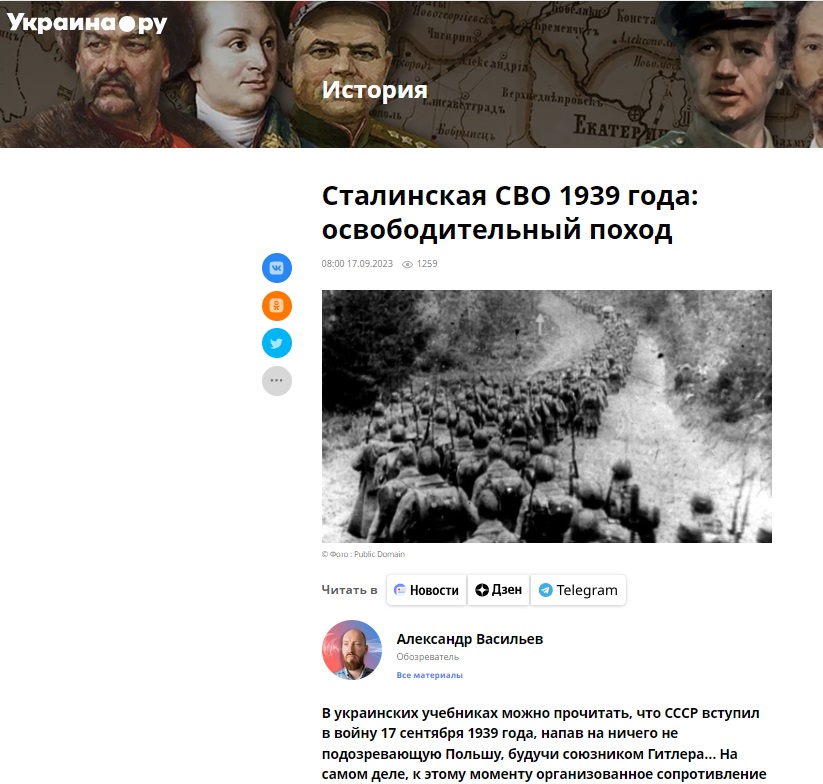
All these activities of the Russian side come down to whitewashing the image of the USSR and depreciating the image of Poland by presenting it as a state that “falsifies history” and has “neo-imperial ambitions”. This, in turn, is aimed at forming – in the citizens of the Russian Federation – the conviction about the “heroism of the Red Army” and the “wickedness of the Poles”, who want to “conceal the truth” about their “crimes” committed against the Belarusian population. The Russian side is likewise doing everything it can to instil in Belarusians a favourable opinion of Russia as a “guarantor of security”. This communicative stimulates support in the Belarusian population for the thought of integration of the 2 states.
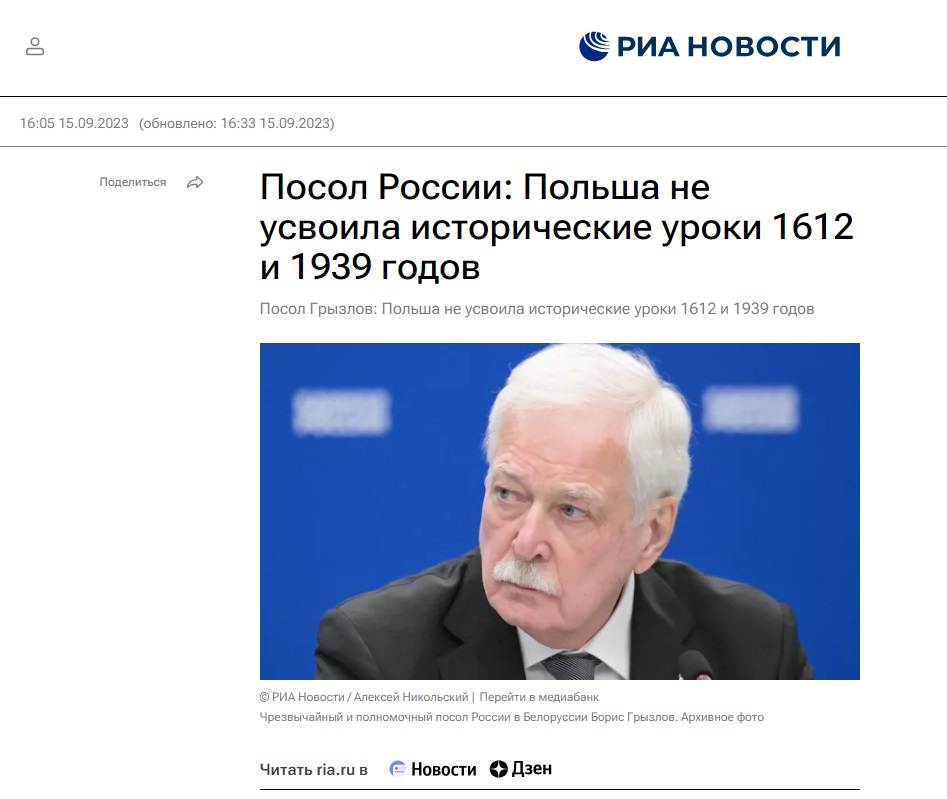
The discussed activities of the Belarusian side boil down to inciting hatred towards Poles and the anti-regime and pro-Western activists. Under this imagination of reality, those who support pro-Western (pro-Polish) views are “traitors” who have decided to cooperate with the “eternal enemy of Belarus” – Poland. These activities besides work to strengthen Minsk’s communicative of Belarus as a “besieged/threatened fortress” and discourage Belarusian youth from leaving for the West (according to the notion that only “traitors” and “collaborators” leave for the West).
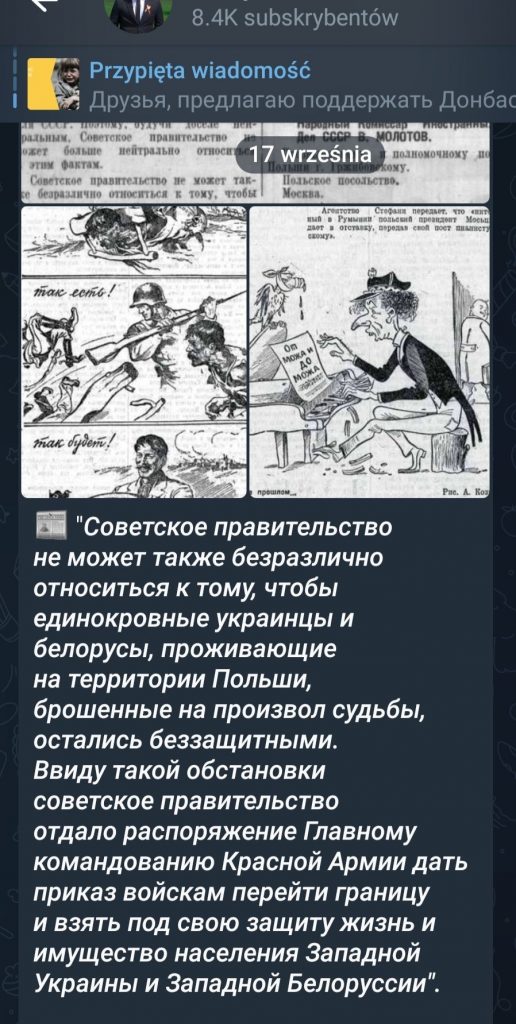
The portrayal of Poland as an “enemy” and a “force of evil” in the context of the anniversary of what happened on 17 September 1939 plays a vital function in Russia and Belarus. It is expected to lend credibility to the leading narratives broadcast for home purposes – whitewashing the image of the USSR and the contemporary aggressive policy of Moscow and Minsk and lending credibility to the story of an external threat surrounding the alleged “Union State”. This lending of credibility is done by showing the “deep historical roots” of the external threat (i.e., Poland as an “eternal enemy” that one more time “threatens Belarusians, Russians and Ukrainians”).
Autor: dr Michał Marek
Public task financed by the Ministry of abroad Affairs of the Republic of Poland within thegrant comp etition “Public Diplomacy 2023”


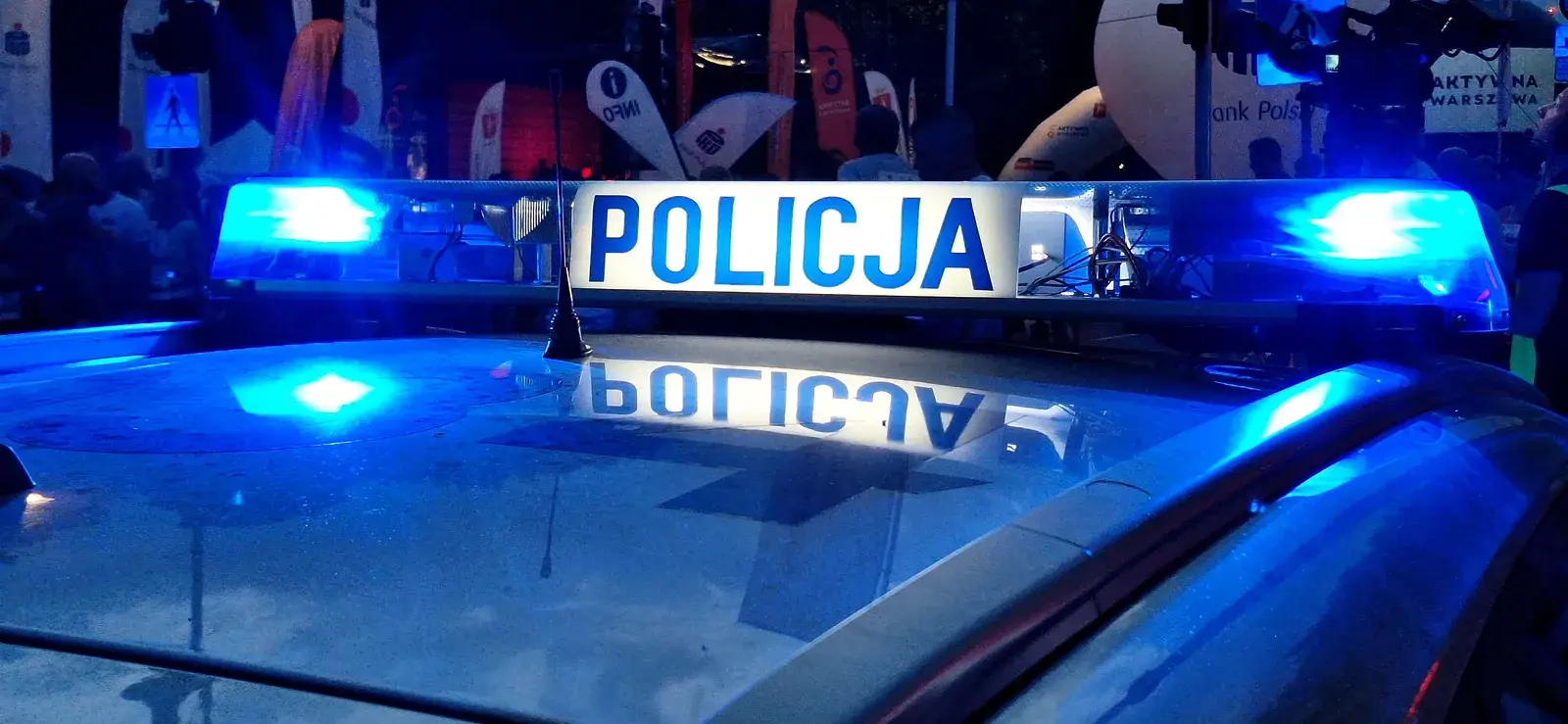

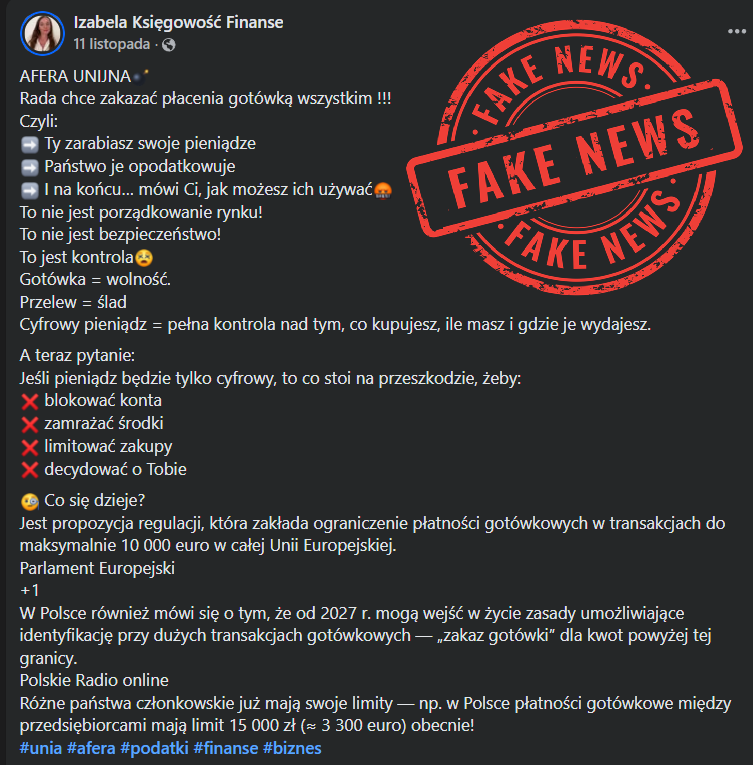


![#CyberMagazyn: DSA wprowadza cenzurę w krajach UE [OPINIA]](https://cdn.defence24.pl/2025/12/12/1200xpx/fg4gN7HPvHlS1j1zq5Ljo1S7yg0lQStq7h2f90eB.l35l.jpg)
